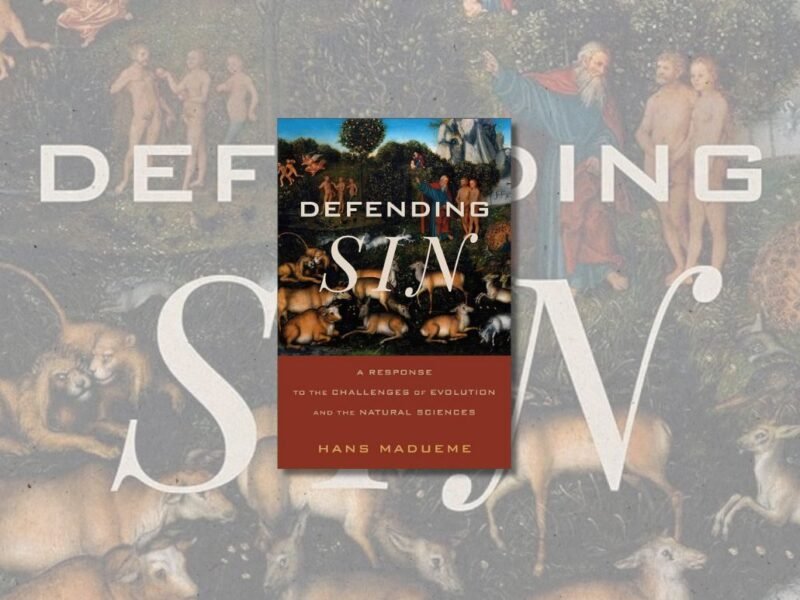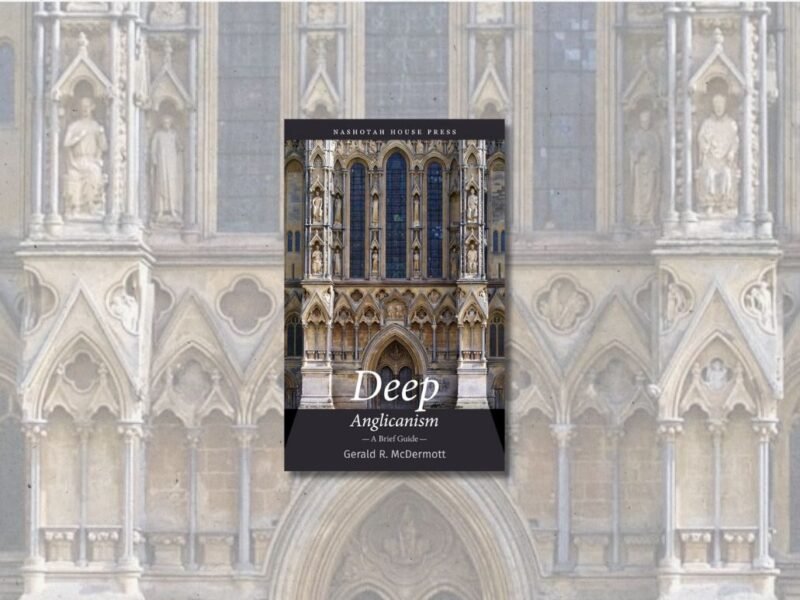A Basic Guide to Eastern Orthodox Theology: Introducing Beliefs and Practices. By Eve Tibbs. Grand Rapids: Baker Academic, 2021. 224 pp. $26.99 (paper).
In a book designed to educate readers about a particular Christian denomination—or “tradition,” as many are now fond of saying—one can reasonably expect such a work to discuss the denomination’s distinctive character, beliefs, and practices. If the author is daring, he might even attempt to explain why readers should become part of the denomination in question, rather than joining or remaining within another.
One would be forgiven for thinking that Eve Tibbs’s A Basic Guide to Eastern Orthodox Theology falls into the latter category, considering that the back-cover endorsement from Anton C. Vrame declares it to be “both an introduction to and apologetic for Eastern Orthodoxy in dialogue with Western Christianity.” However, Tibbs herself clearly states that the book does not “tell you what you should believe or how you should act.” Rather, it is meant to “convey a sampling of what most Orthodox Christians believe and have believed over the past two-thousand-plus years” (1). That is to say, her chief purpose is not to convince readers to become Orthodox, but simply to give them an idea of what makes Orthodoxy distinctive, and in particular to “distinguish Eastern Orthodox theology from Western theology, both Protestant and Latin Roman Catholic theology” (xv).
Unfortunately, real as that distinctiveness may be, Tibbs frequently goes too far in her attempts to underscore it, as just a few examples will illustrate. She characterizes the Orthodox Scriptural hermeneutic as “neither strictly literal nor strictly allegorical,” while suggesting that “most Western Christian traditions” hew exclusively to one approach or the other (17). The Orthodox hermeneutic is also, according to Tibbs, “concerned to remain faithful to the theological tradition by paying attention to how the Bible has been interpreted by the Church Fathers and saints,” rather than “relying upon individualistic or isolated interpretations of Scripture” (53). Though it is not spelled out in this instance, Tibbs presumably has Protestants in mind here.
Regarding the nature of sin, Tibbs maintains that “in Eastern Christianity, sin is less about the breaking of rules and more about the violation of one’s personal relationship with God by intentional rebellion against God and turning away from God.” This is in contrast to Western Christianity, which is said to “take a legalistic approach to sin” (160).
Possibly the worst offender in overstating Orthodoxy’s distinctiveness is Tibbs’s statement, “It is not an exaggeration to suggest that the Orthodox Church is ‘fully trinitarian,’ unlike any Western Christian tradition” (125). Additional examples could be mentioned, but they all indicate a tendency toward overgeneralizing about Protestants and Roman Catholics.
Exacerbating this tendency to overplay Orthodoxy’s distinctiveness, Tibbs also occasionally neglects to highlight points of commonality between Orthodoxy and Protestantism over against Roman Catholicism. For example, in her discussion of ecclesiology Tibbs notes that while Roman Catholics cite Matthew 16:18 in support of the papacy—claiming that the “rock” Christ speaks of is Peter himself—the Orthodox contend that the “rock” refers to “Peter’s faith in Jesus” (36). Protestants generally interpret this passage in precisely the same way, but for some reason Tibbs declines to mention this.
Similarly, Tibbs observes that “unlike, for example, the pope in Roman Catholicism, there is no one central authority in the Orthodox Church,” with internal unity being the product of “the Holy Spirit guiding all the local churches” (41). Many Protestants would say the same, but this shared belief is overlooked. Such omissions are puzzling in a book whose stated purpose is to illuminate the relationship between Orthodoxy and Western Christianity.
Further compounding these issues, some of the statements Tibbs makes about Protestantism and Roman Catholicism are reiterations of popular, but erroneous, conceptions that have long since been addressed. For instance, she parrots the tired claim that there are tens of thousands of Protestant denominations (the specific figure she submits is 44,800) as evidence for the Protestant tendency toward division, whereas even some Roman Catholics have explained why such estimates are grossly inflated. She also regurgitates the oft-cited factoid that Galileo was “declared…to be a heretic and imprisoned” (26) by an anti-science Catholic Church for claiming that the earth revolves around the sun, even though recent accounts of the affair have complicated this narrative.[1]
Despite the impression I have conveyed thus far, there are some praiseworthy things about the book. Tibbs’s chapter on the Trinity is a useful primer on trinitarian heresies and controversies before and after the First Council of Nicaea, and her account of the role of icons in Orthodox theology is insightful. Moreover, even if the book does not always accurately portray Orthodoxy vis-à-vis Western Christianity, at any rate it gives the reader an idea of how some Orthodox Christians understand themselves. What is more, Tibbs does at times acknowledge the overlap between Orthodoxy and Western Christianity in specific ways. Protestants, like the Orthodox, have “no formal body to interpret Scripture” (62), and the concept of theosis is “not an idea exclusive to the Christian East” (113).
On balance, however, the regrettable issues described above ultimately prevent me from recommending this book. Tibbs writes in the Preface, “‘Basic’ is used in this book’s title not because the content is simplistic but because it intentionally remains at the level of summary” (xvi). Sadly, though, it seems to me that Tibbs too often does not succeed in acquitting herself of this potential charge of simplistic content. I cannot say how her book compares to other introductions, such as Kallistos Ware’s The Orthodox Church and Andrew Louth’s Introducing Eastern Orthodox Theology, but interested readers wishing to learn more about Eastern Orthodoxy might want to look elsewhere.
Notes:
- See, e.g., Wade Rowland, Galileo’s Mistake: A New Look at the Epic Confrontation between Galileo and the Church (New York: Arcade Publishing, 2003), and Dom Paschal Scotti, Galileo Revisited: The Galileo Affair in Context (San Francisco: Ignatius Press, 2017). ↑






'Book Review: “A Basic Guide to Eastern Orthodox Theology”' has no comments
Be the first to comment this post!